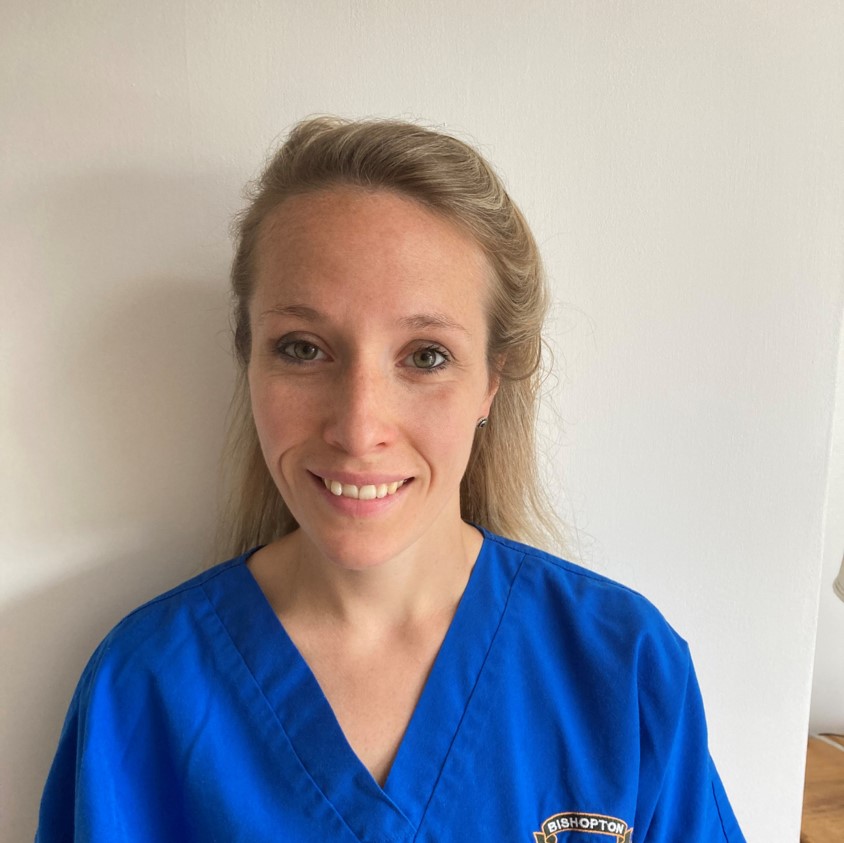Orthopaedic Surgery
Including Cruciate Ligament Disease in Dogs


Our surgical team is led by Ian McClive MA VetMB CertSAS MRCVS, RCVS Advanced Practitioner in Small Animal Surgery. Ian is supported by vet Laura Pearce BVetMedSci (Hons) BVM BVS PgC(SAS) MRCVS RCVS, Advanced Practitioner in Small Animal Surgery
Our surgical nursing team is supported by Claire Dennis and Laura Hagston.
We perform a wide range of orthopaedic procedures including but not limited to the following:
- Cruciate ligament injury (repair by TTA)
- Fracture repair
- Arthrodesis
- Medial Patellar Luxation correction
- Lateral humeral condylar fracture
- Coxo-Femoral Luxation (dislocation of the hip joint)
We believe in sensible fixed pricing for many of these more complicated procedures enabling owners to budget for their pet's care. Our prices include initial consultation, radiographs, blood work, surgical procedure, associated medications, hospitalisation, two post-operative checks, initial follow-up radiographs at 4 – 6 weeks if indicated, any post-surgical complications within the first 6-months and VAT.